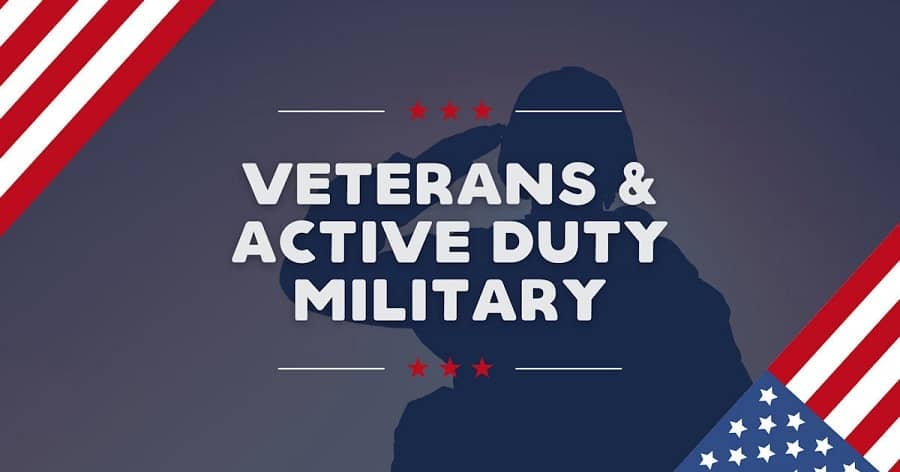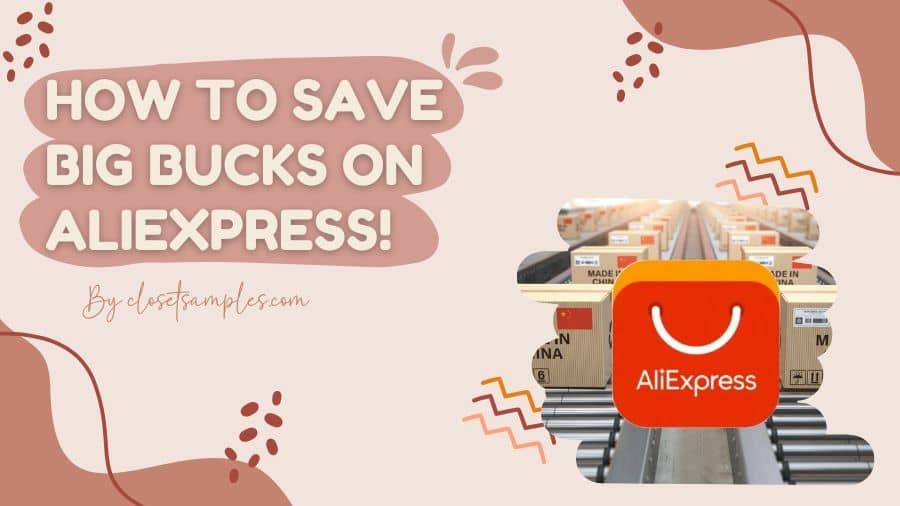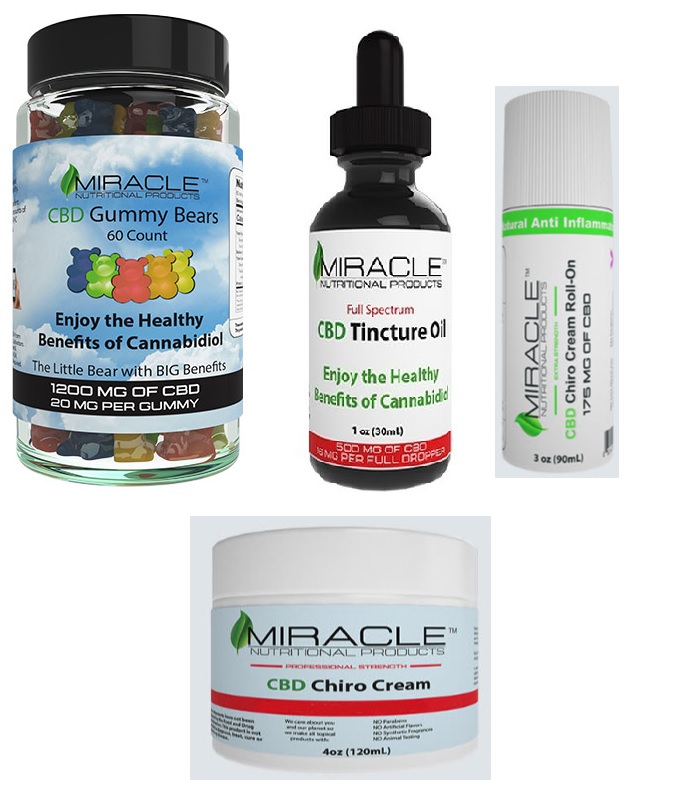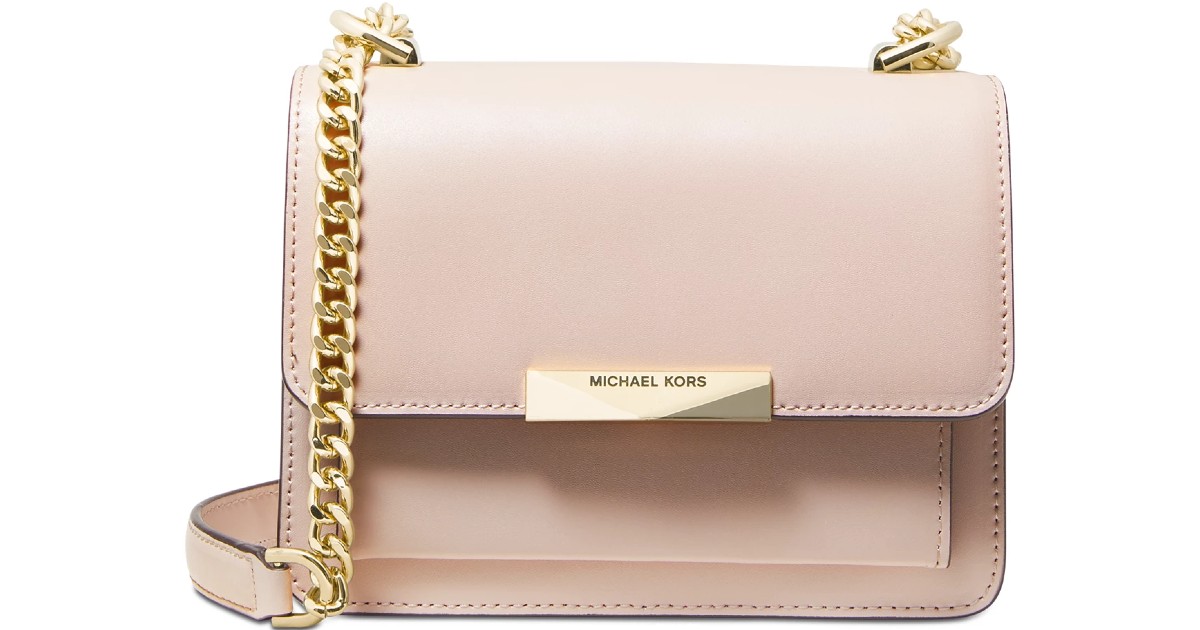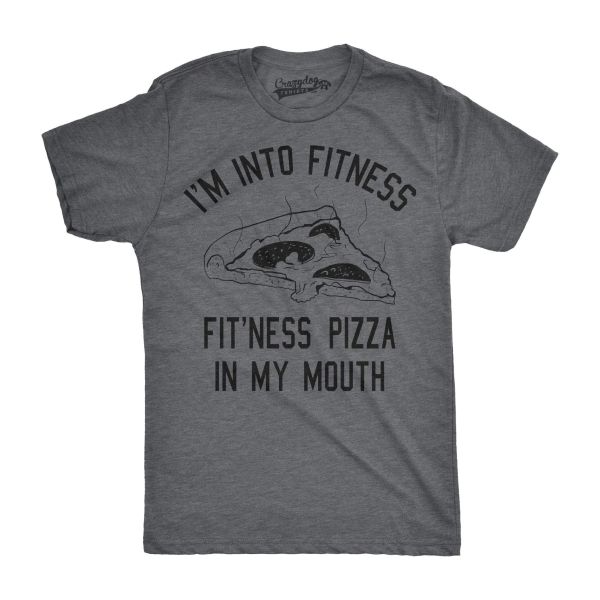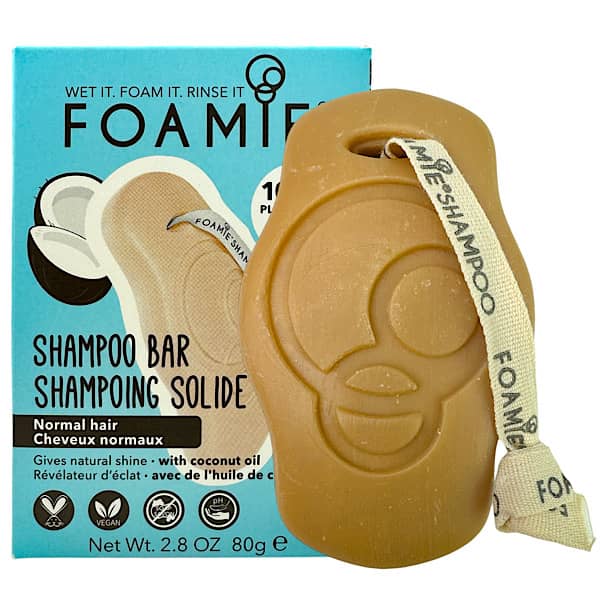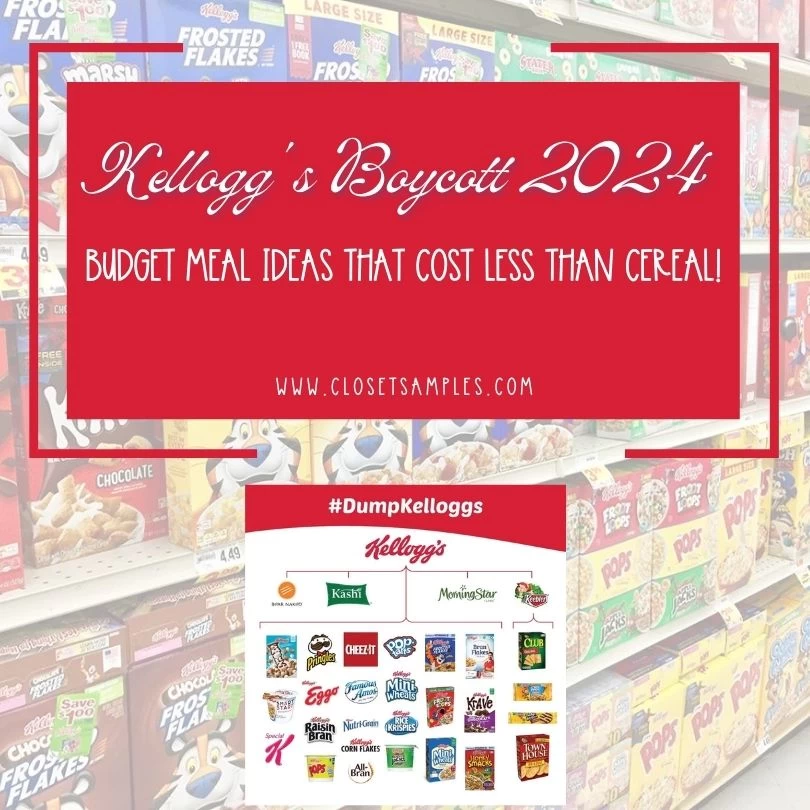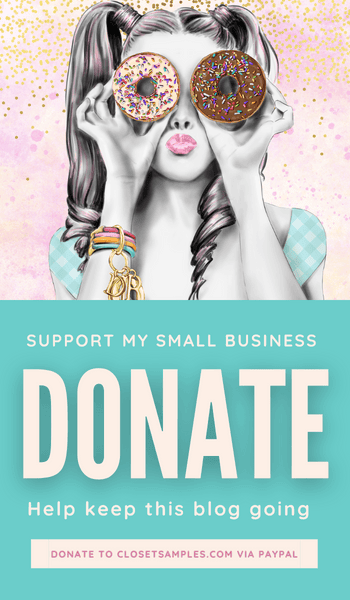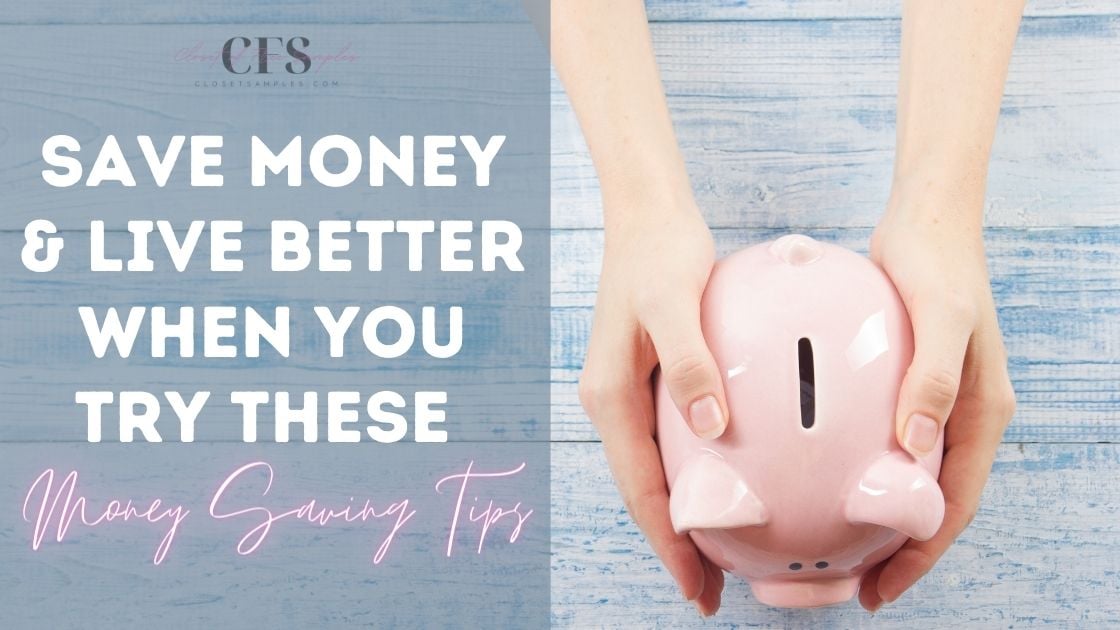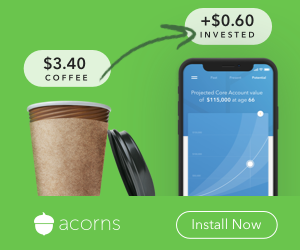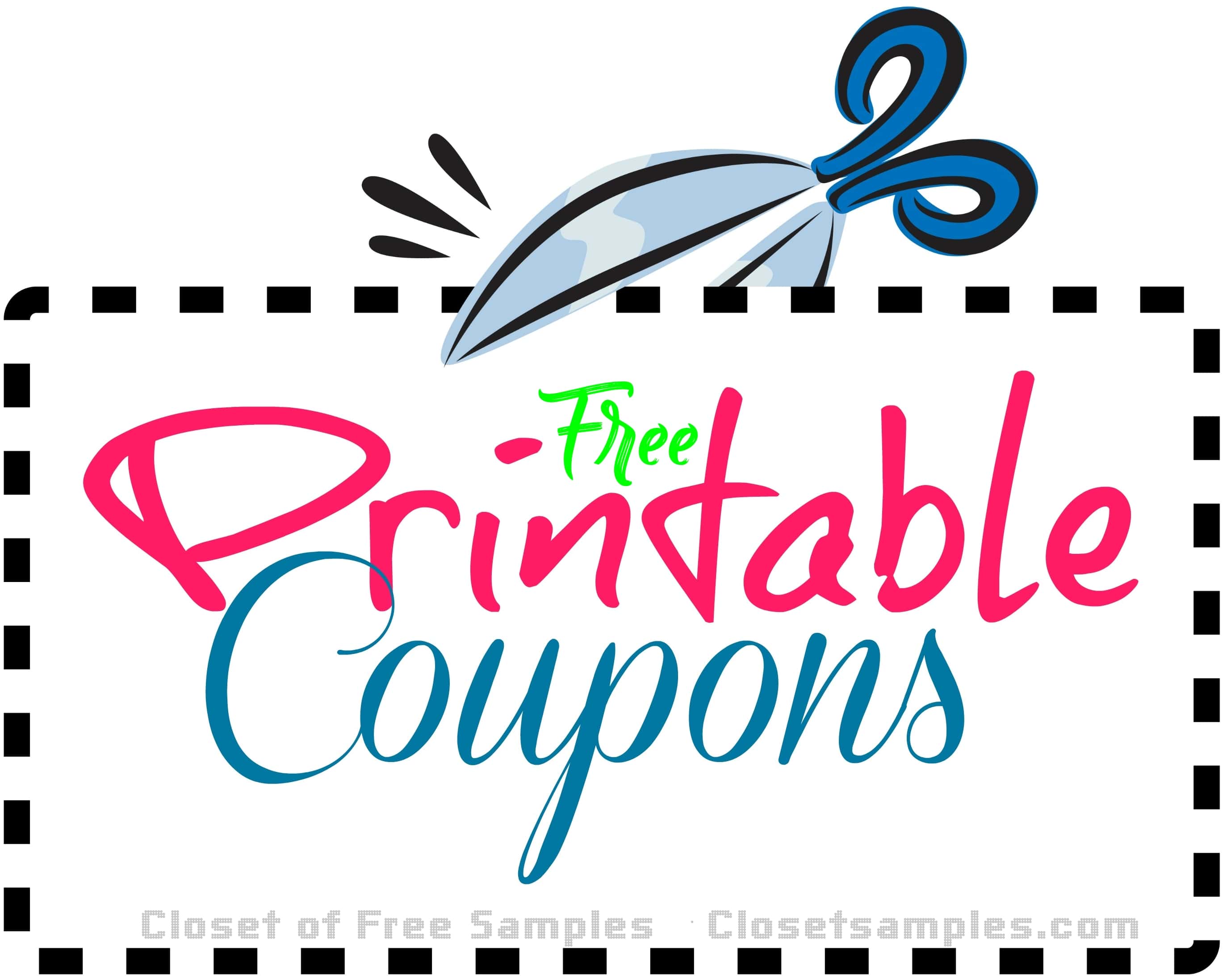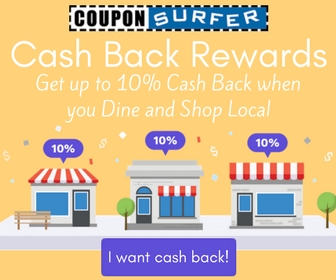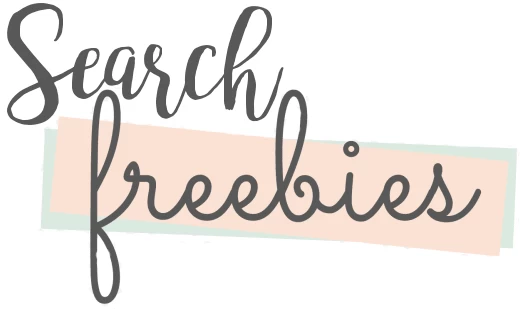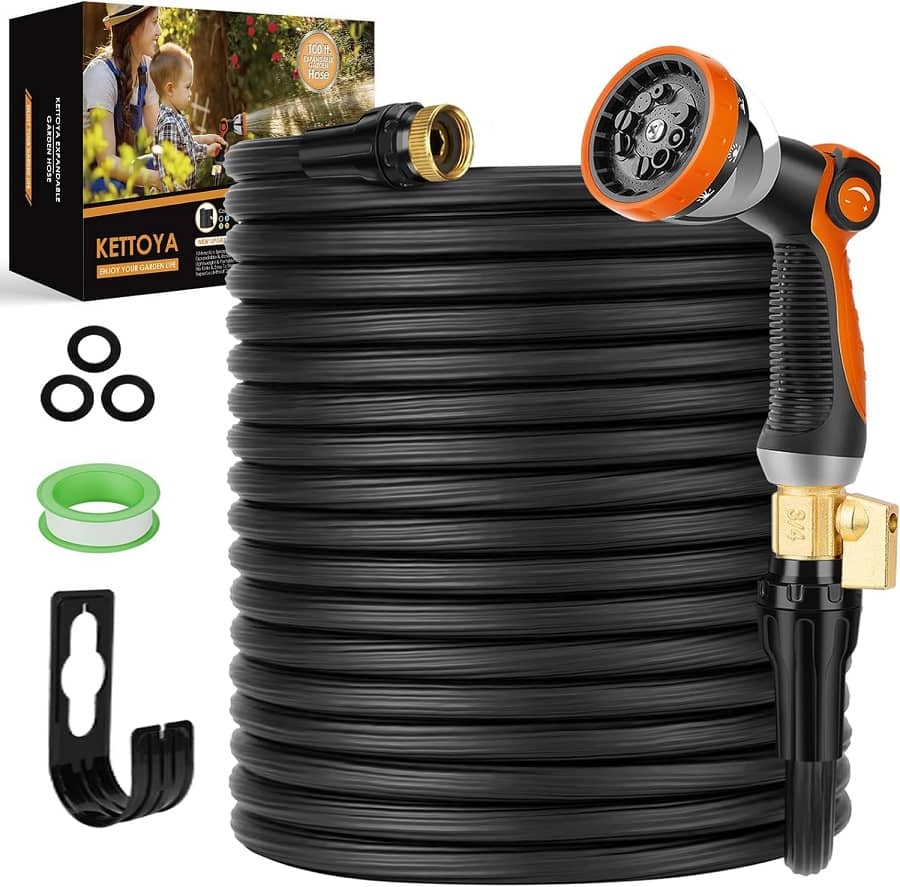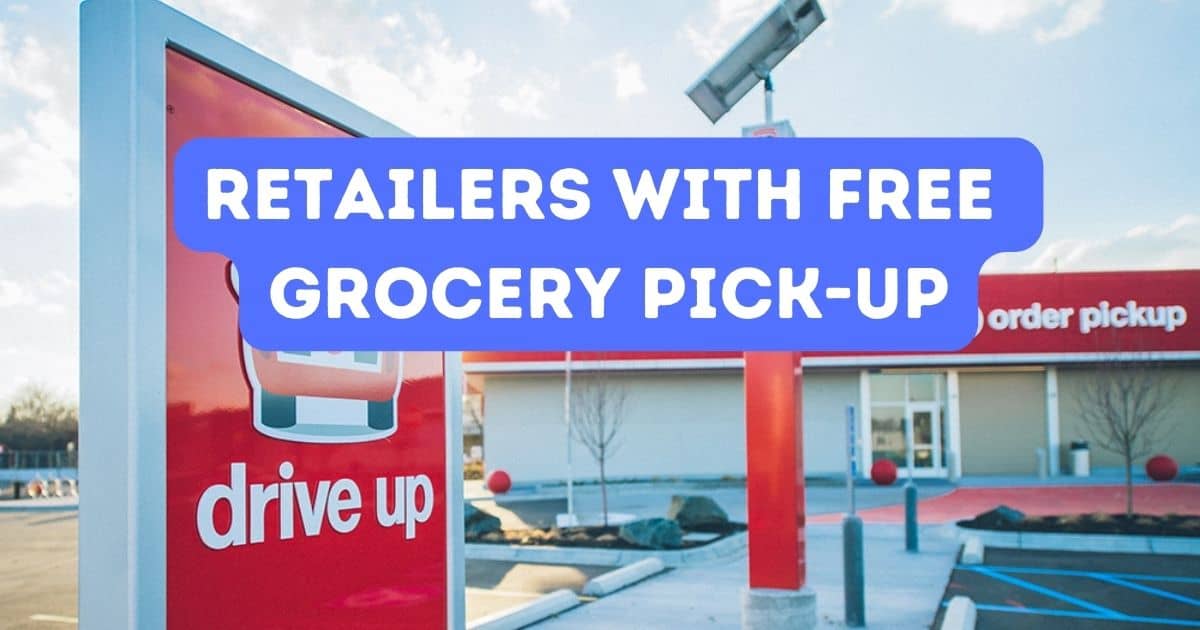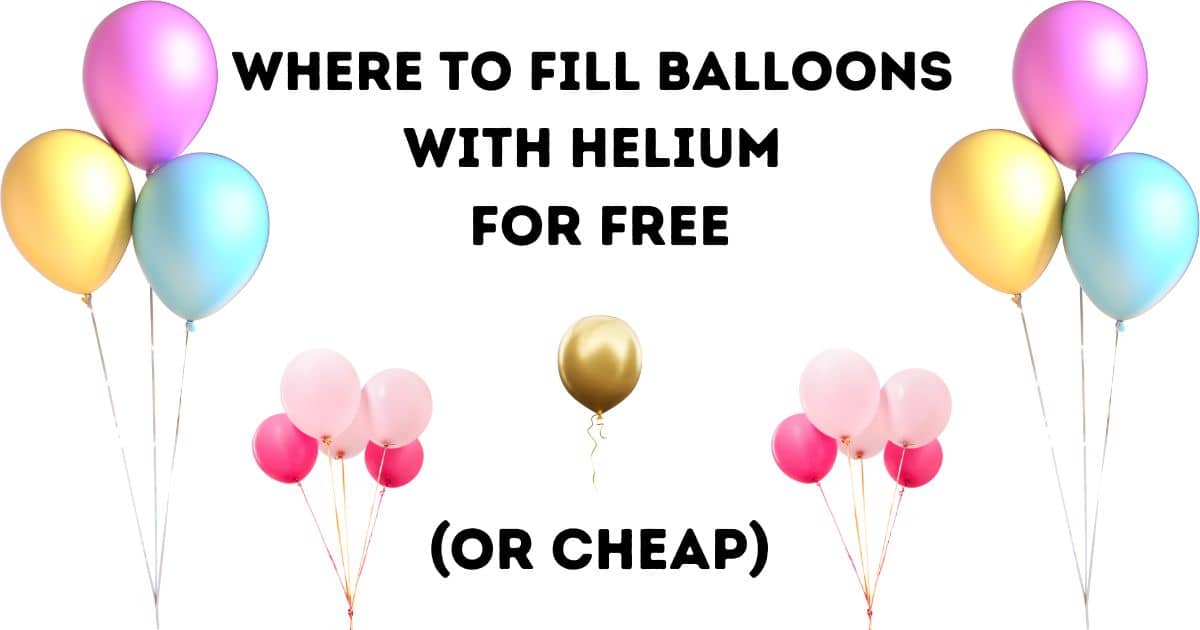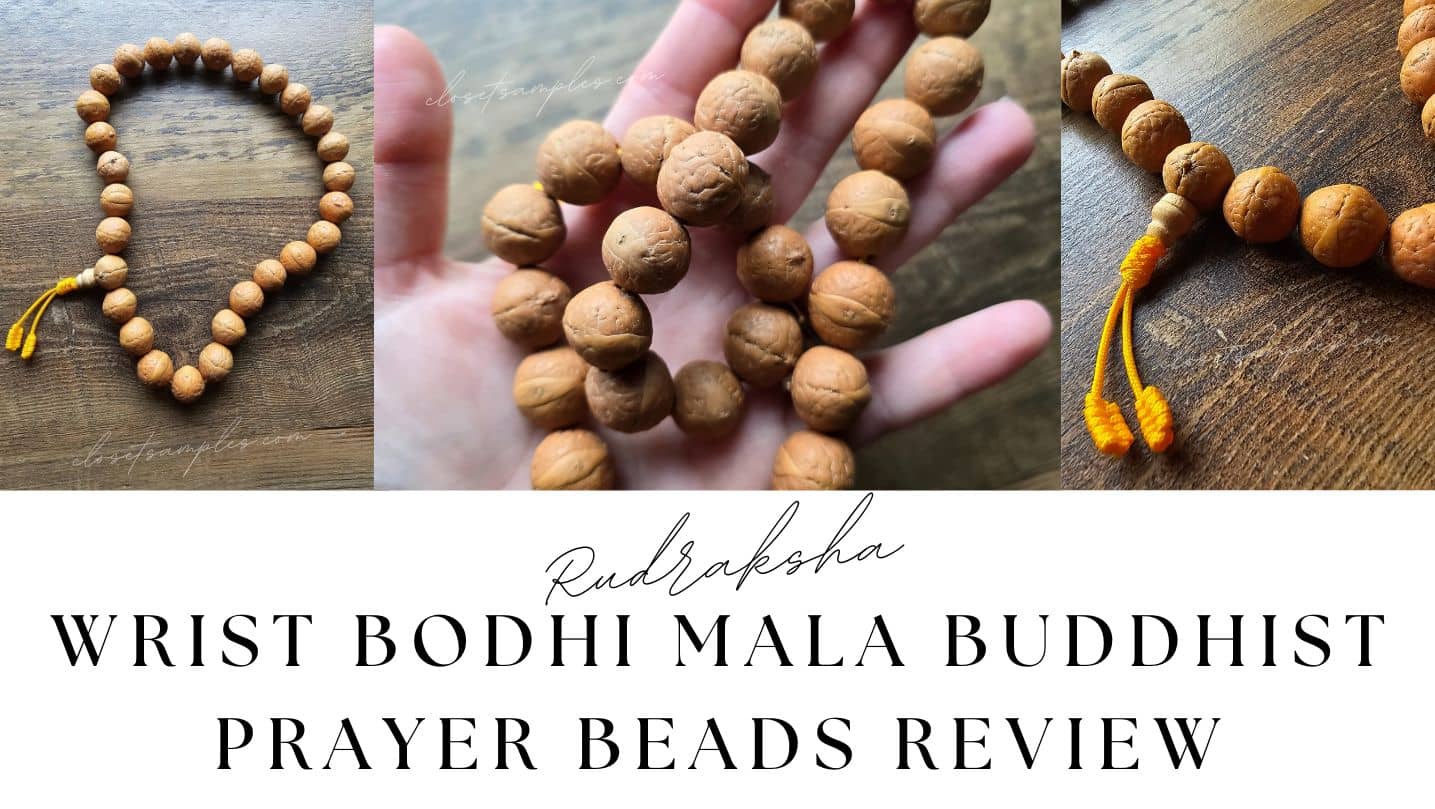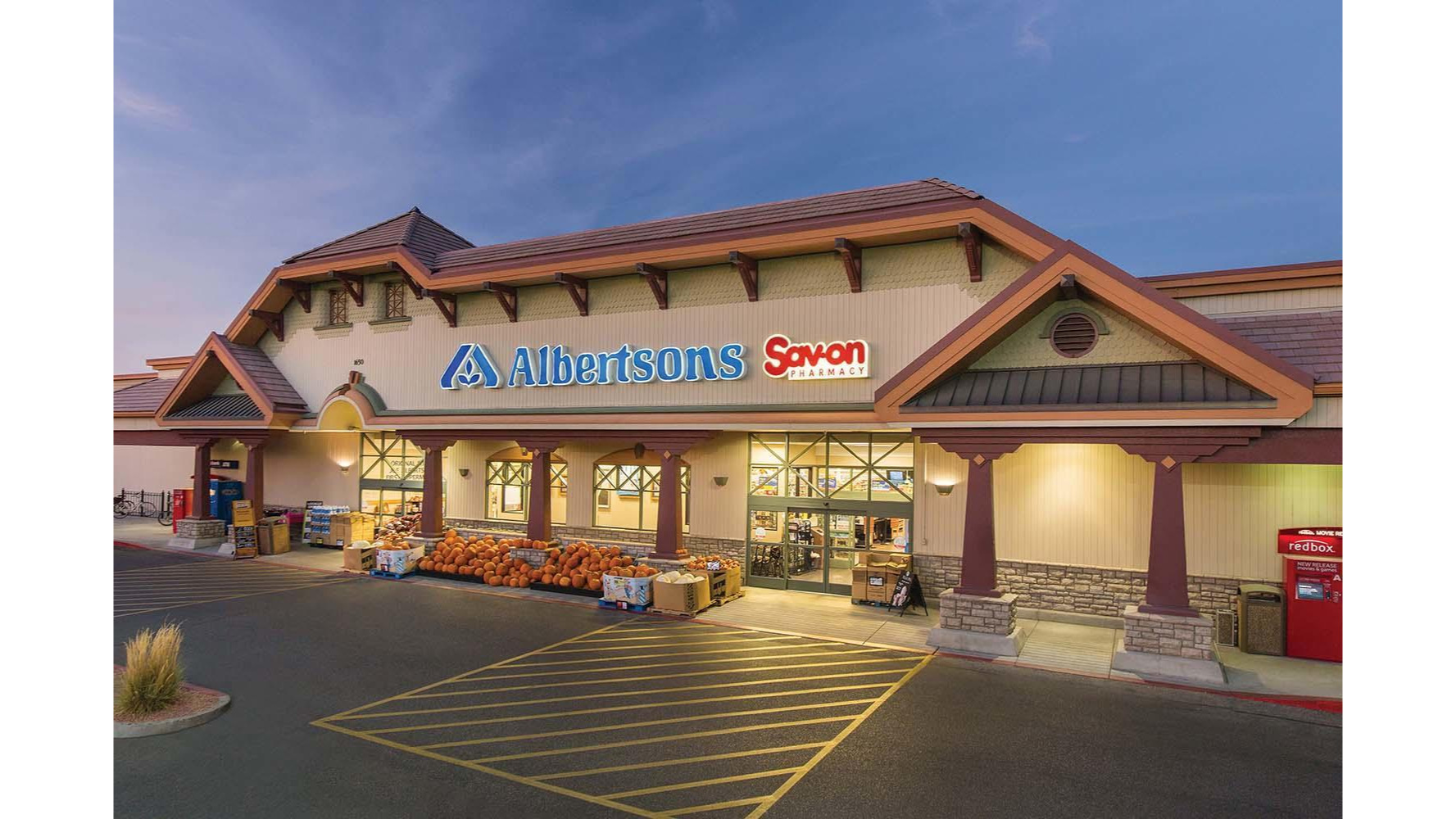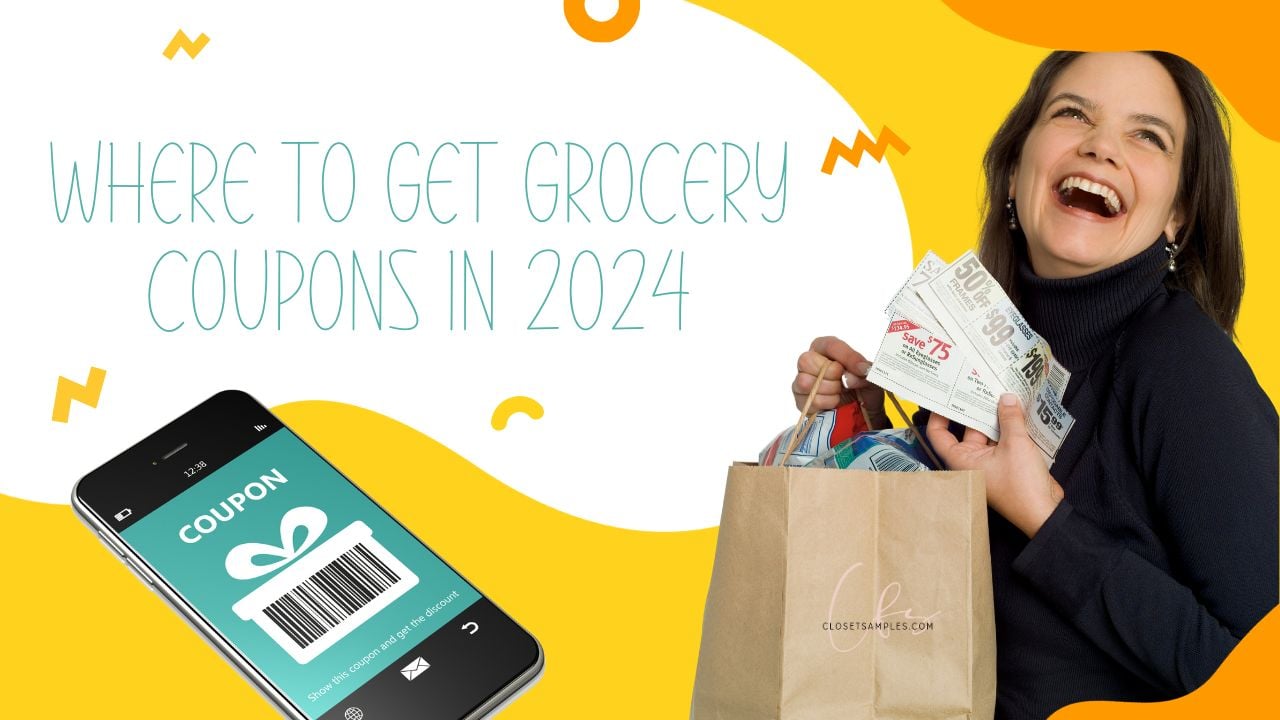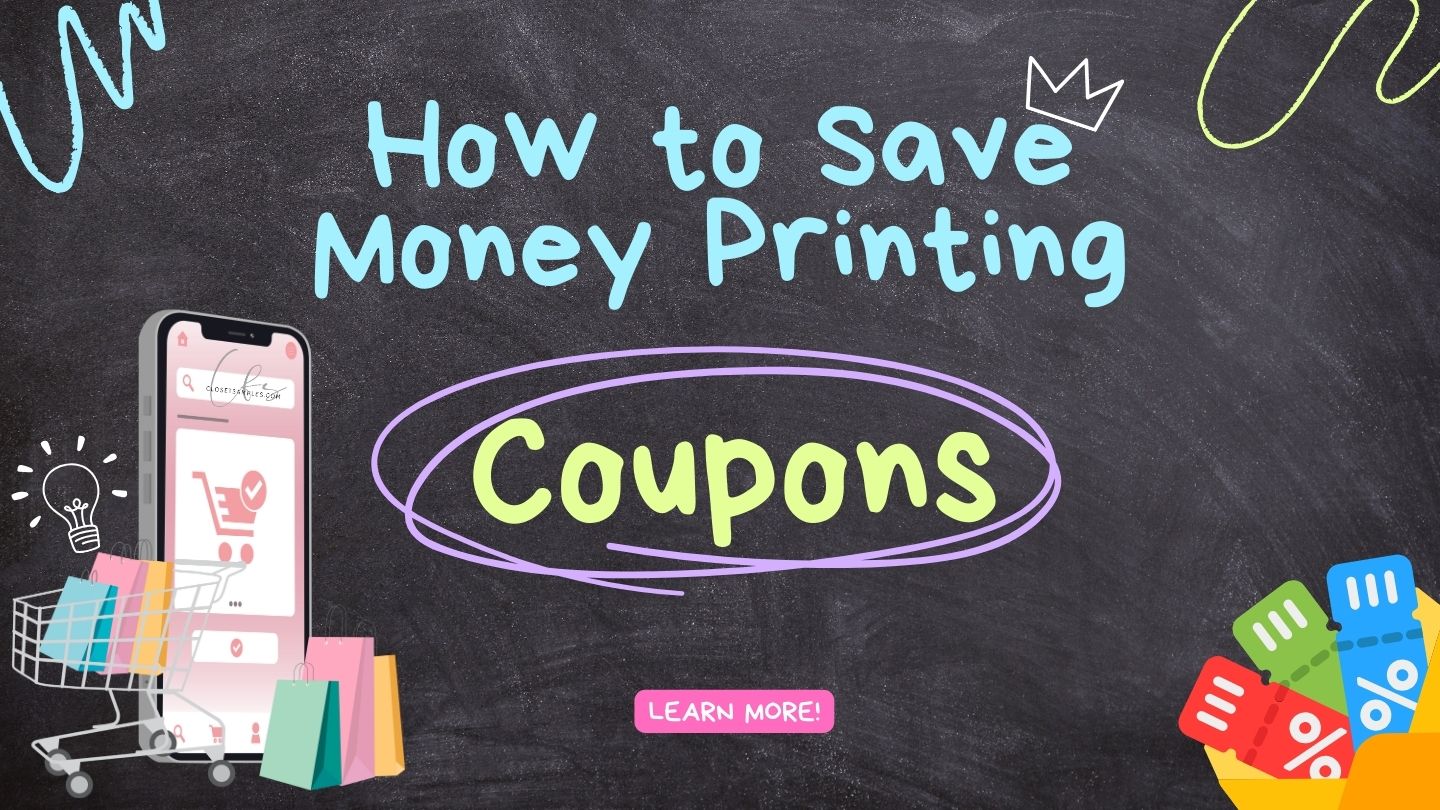If you have been studying grocery sales, you will start to notice that not all sales are really a good deal. And sometimes buying an item in a bulk pack is not necessarily cheaper. It gets confusing at first since every store has a different sale and you do not know which one has the best deal. Sometimes it gets overwhelming when I'm looking through sales flyers. The key is to
know what the lowest price is. Our grocery bill is on the "high end" of our
list of bills
. So it was definitely worth my time to figure out how to do this. And personally, I want to stay a stay at home mom. For those who do not know, a grocery price book is a record of your past purchases on items you buy the most so you can determine which store had the lowest price on a particular item.
- Store name
- Item/brand
- Unit price
You can even go a step further and have one page per category like for baby items, frozen foods, paper goods, etc. Do what works best for you.
There are 3 ways to track your grocery purchases:
- Past receipts
- Sales inserts
- In the store
When you decide to make your list, do it when you have time to browse the aisles. Walk down every aisle and record the item, size, and price of the things you normally buy; and if you`re feeling "adventurous" write down the prices for items you want to try if you can find a low enough price. Anyone can do this but you just have to invest a little time. You can get a lot done in 10 minutes of tracking.
Tips:
1. Track the prices of 5 - 10 items you buy most often. This is so you do not get overwhelmed and give up. You probably know some of the prices in your head, but write it down anyway. This makes it easier when couponing for the best deal.
2. Use a calculator to figure out the unit price (price divided by unit). Example: $24.99 divided by 20 lbs = $1.25/lb.
3. Highlight which store has the lowest price.
| | COSTCO | SPROUTS | TRADER JOE’S | SMART & FINAL | VITACOST |
|---|
| Milk |
$2.49/gallon |
|
$3.79/gallon |
|
|
| Basmati Rice |
$1.25/lb |
|
|
$1.15/lb |
|
| Organic Eggs (large) |
$3.65/dozen |
$4.99/dozen |
$4.79/dozen X-large |
|
|
| Gluten-Free Pasta |
|
|
$1.99/lb. |
|
$2.99/8oz. |
| Toilet Paper (2 ply) |
Kirkland .01/sq.ft. |
|
|
Angel Soft .018/sq.ft. |
|
| Organic Chicken Drumsticks |
$1.49/lb |
|
$1.99/lb |
|
|
You can create your own grocery price book with a simple notebook, binder, or Excel spreadsheet. Anyone can do it and it doesn`t have to be fancy; unless you really have the time and want it to be of course. From utilizing a grocery price book, I found that it’s more cost effective to make my own almond butter in a food processor. I noticed that the prices of almond butter has been rising. This is just one example. I mean it used to be $5.99 per pound, which is the same cost as the roasted almonds. But now it has jumped to $7.99-$13.99 per pound (depending where you buy and brand) for a jar of almond butter. I can buy roasted almonds and
grind
them myself for around $5.99/lb and save $4 a month.
Do you use a grocery price book? How do you find the best deals?




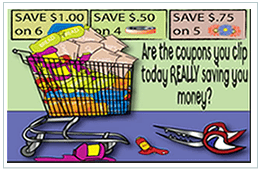 Here you will find all the best coupon advice, tips and how to make the most of all your coupons!
Here you will find all the best coupon advice, tips and how to make the most of all your coupons!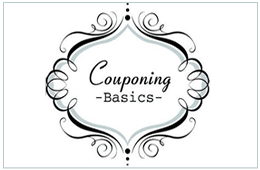 Are you looking for ways to stretch your dollar?
Are you looking for ways to stretch your dollar? 

